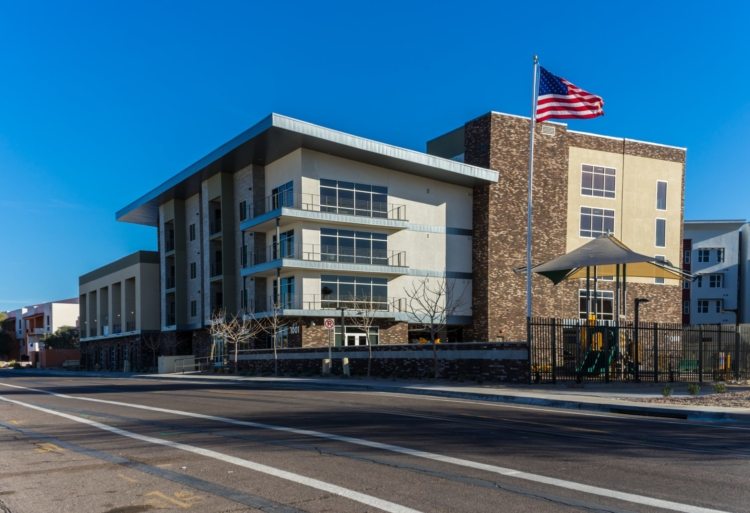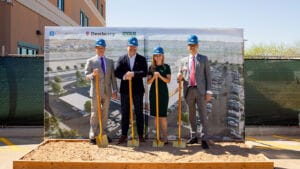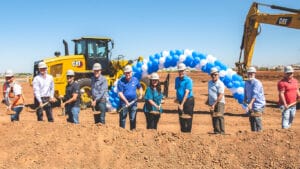The state of Arizona has been experiencing unprecedented levels of growth. Since 2006, the state’s renter population has increased by 383,460 people, while the state’s overall population has simultaneously grown by over one million people.
Our state’s strong economy, low taxes, and business-minded leadership has been attracting citizens from places like California, Oregon, and Illinois, where local laws disincentivize development and hinder growth.
Unfortunately, some bad West Coast ideas such as artificial price controls, inclusionary zoning and burdensome regulations have surfaced at the Arizona Legislature.
As a small handful of lawmakers attempt to introduce harmful legislation proven ineffective elsewhere in the country, it is important to remind everyone of the true root cause of our state’s housing affordability crisis: supply and demand.
As has been stated by both the Obama and Trump White House administrations’ Housing Development Toolkit and Executive Order respectively, local zoning codes, overburdensome regulations, runaway fees and unnecessary ordinances, combined with neighborhood NIMBY-ism (Not-In-My-Back-Yard), continue to exacerbate the state’s lack of affordable housings and stifles efforts to expand the stock and availability of housing.
With studies estimating the need for an additional 240,000 housing units within the next decade, it is crucial that now more than ever, that the state enact legislation to encourage the development of more affordable housing.
One such pathway is the establishment of a state Low-Income Housing Tax Credit, or LIHTC. Rep. Jeff Weninger (LD-17) has introduced a bill this session which seeks to do just that. Rep. Weninger’s LIHTC program would allocate $8 million per year for a period of six years towards tax credits issued to developers who compete for project funding through the Arizona Department of Housing.
Competitive projects that are awarded the credits are then required to keep their rents below market rate for a period of 30 years upon completion, and should they fall out of compliance, are required to repay the entirety of the tax credit to the state.
This Arizona LIHTC program, mirrored after the federal LIHTC program created by President Reagan in 1986, is a transparent, extremely competitive and highly effective public-private partnership solution to the nation’s housing affordability crisis, as exemplified by the 17 other states and territories in the US that have established their own state LIHTC programs.
Per a recent study published by renowned economist Elliot D. Pollack & Co., an Arizona LIHTC program is expected to create over 6,180 new affordable housing units by 2027. Furthermore, 1,835 jobs are projected to be created annually, resulting in $763 million in wages and $2.1 billion in statewide economic activity.
The operations of new apartment communities and additional employment supported by increased household spending will create more than 615 jobs annually with wages of $25 million, generating an estimated $138 million in economic activity each year.
Another method of increasing the state’s affordable housing stock has been introduced by State Sen. Heather Carter (LD-15). Her bill, SB1394, seeks to restore the Arizona Housing Trust Fund (HTF) to pre-Recession levels by depositing 55 percent of the proceeds from the sale of abandoned property into the HTF, estimated at $15-25 million annually.
The fund, which was established in 1988, offers combined federal and state financing for the development of affordable permanent and transitional rental housing units. Combined, funds from federal LIHTC and the state HTF have been responsible for creating over 45,000 housing units in Arizona since 1986.
Innovative solutions for the state’s housing crisis are imperative if Arizona is to be adequately equipped to address the current and continued growth rate of 120,000 residents per year.
Opportunities for public-private partnerships, such as Arizona LIHTC and HTF, should be further explored and expanded to ensure that Arizona remains prepared to tackle the current, and prevent a future housing shortage.
If not, the state risks becoming the next California, plagued with onerous zoning laws, runaway rates of homelessness, and rents overly burdensome for Arizona’s workforce.
Courtney LeVinus is president and CEO of the Arizona Multihousing Association.




